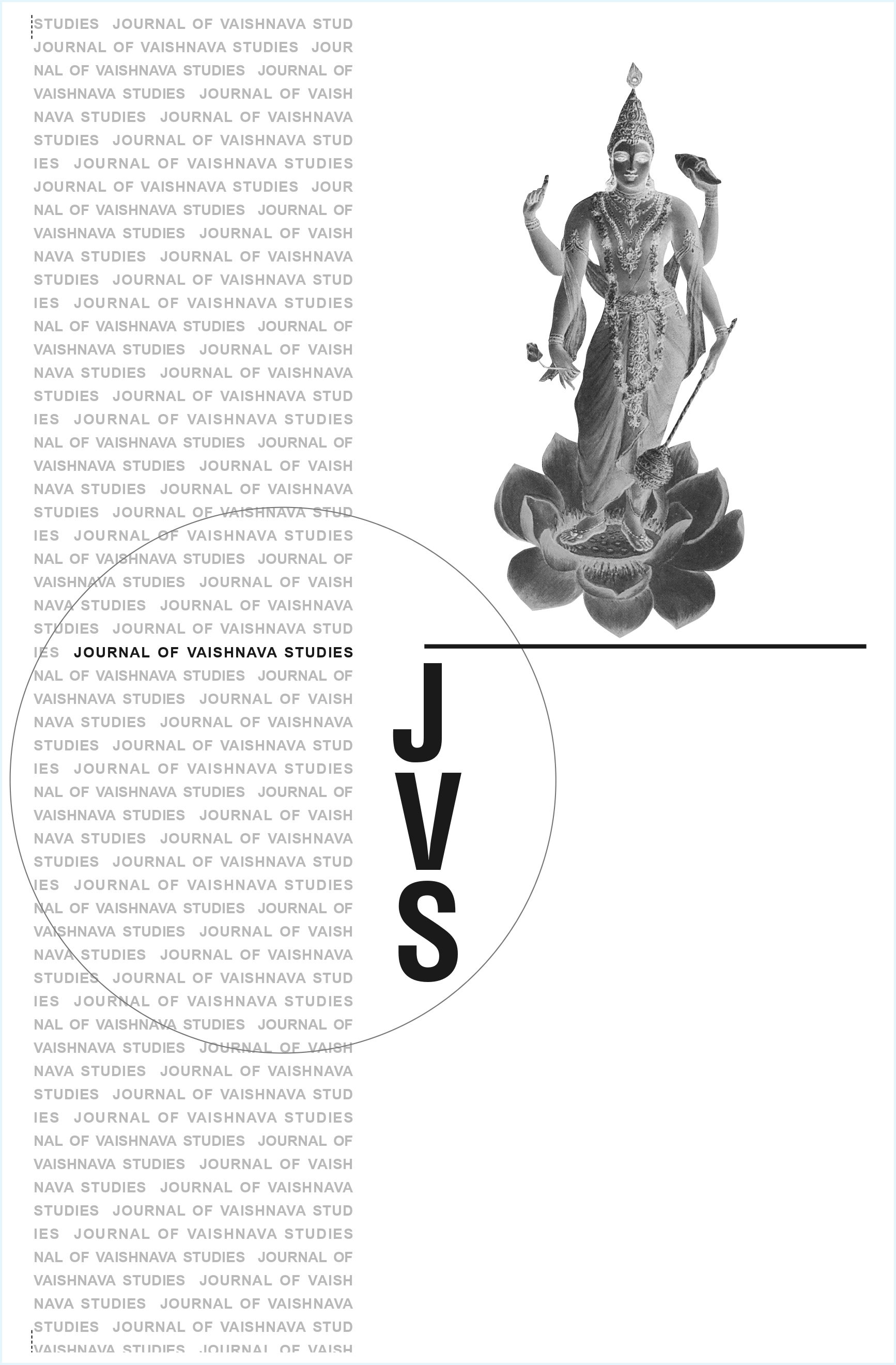Vallabha, Viṭṭhalanāth, and the Vallabha Sampradāya
Keywords:
Vallabha Sampradāya, Vallabhācārya, Viṭṭhalanāth, sacred biography, pushti mārga, Śrī Nāthjī, mukhāvatāra, Chaurāsī Baithak, devotional hermeneuticsAbstract
The article "Vallabha, Viṭṭhalanāth, and the Vallabha Sampradāya" by Jeffrey R. Timm explores the sacred life narratives of Vallabhācārya and his son Viṭṭhalanātha, foregrounding how the tradition views their roles as theological authorities and embodiments of divine grace. Timm situates the study within the broader discourse of biography, hagiography, and sacred story, arguing that Vallabha’s life is best understood not through historical reconstruction but as a mythic exemplar of pushti mārga—the path of grace. Drawing extensively from sectarian sources like the Chaurāsī Baithak and Chaurāsī Vaiṣṇava kī Vārtā, the article recounts Vallabha’s miraculous birth, philosophical triumphs, divine revelations (such as the Brahmasambandha mantra), and his relationship with Śrī Nāthjī, the deity who emerged from Govardhan Hill at the moment of Vallabha’s birth. Timm emphasizes that Vallabha’s identity as mukhāvatāra—the mouth of Kṛṣṇa—positions him as both conduit and mediator of divine wisdom. Through this lens, the sampradāya’s devotional praxis emerges as a legacy of sacred embodiment rather than institutionalized doctrine.Published
2007-06-20
Issue
Section
Articles





